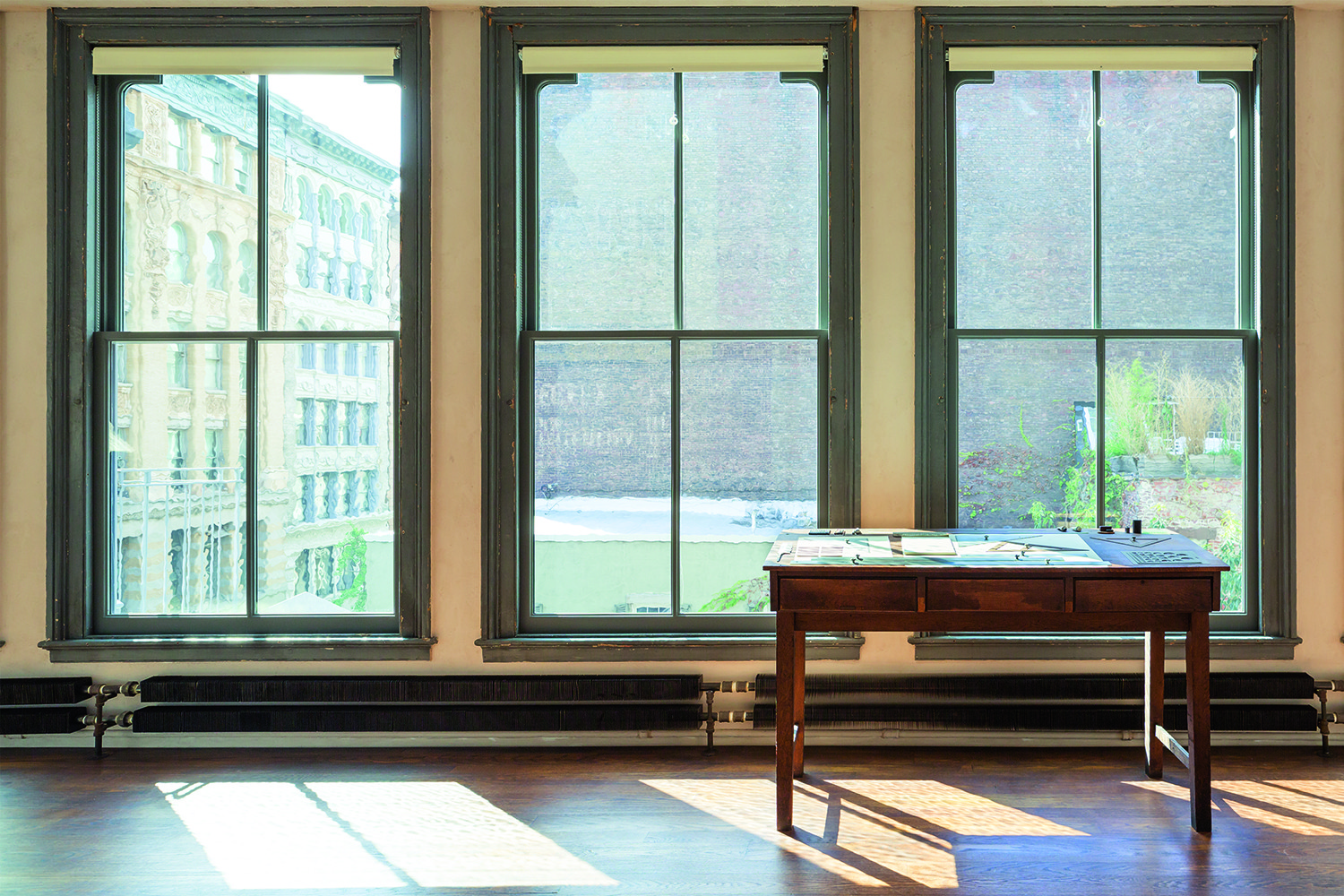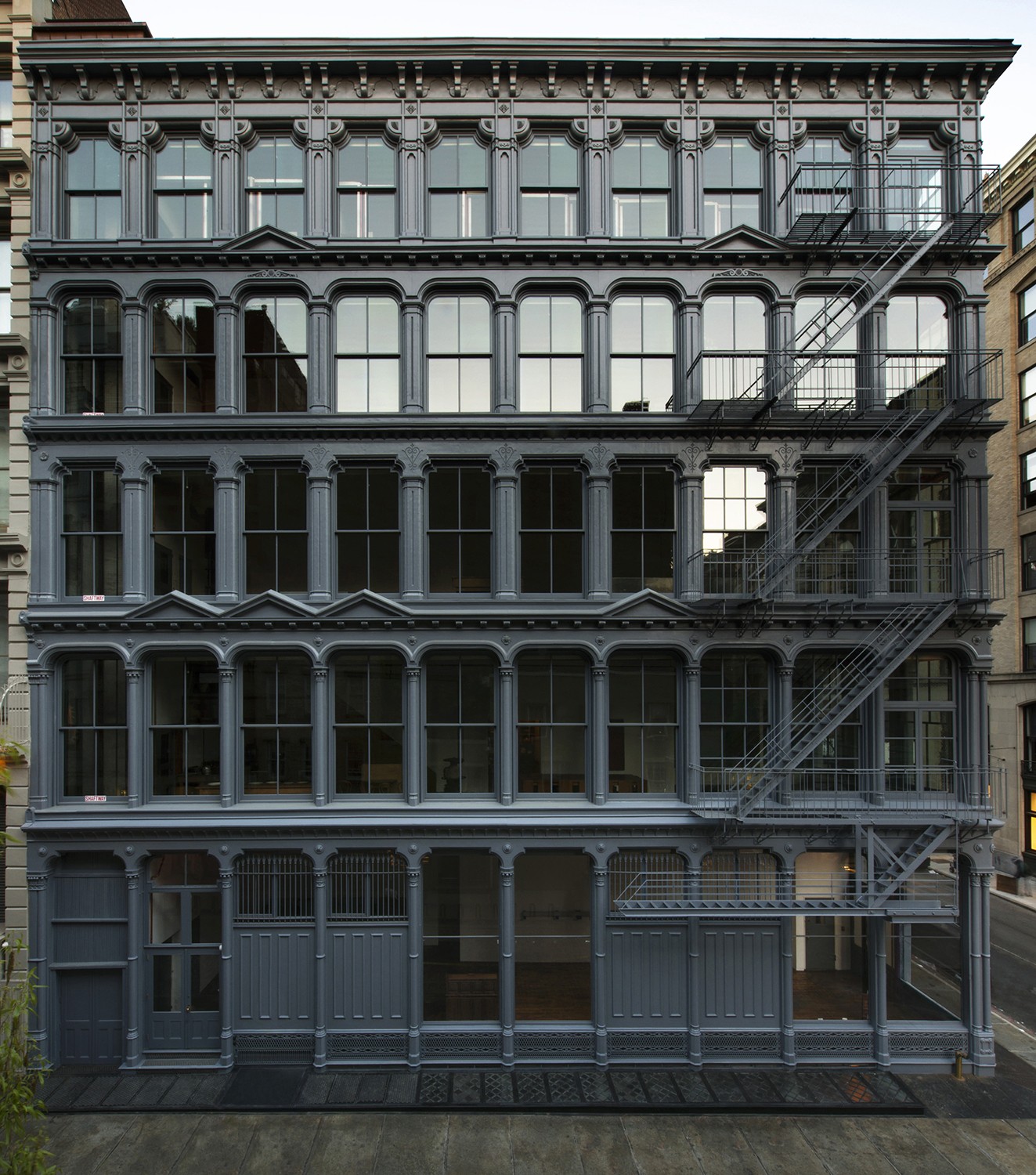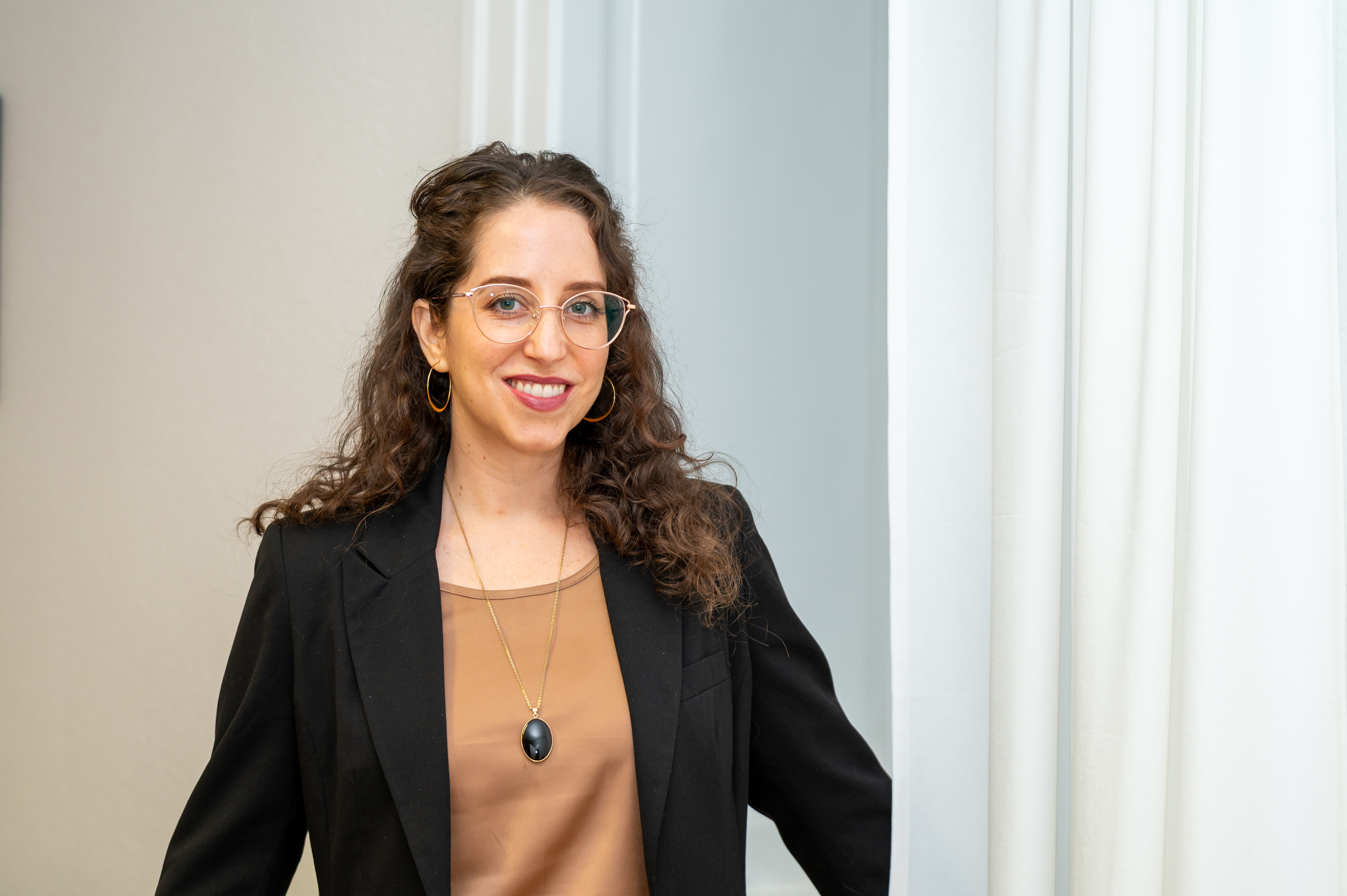Open Houses: Artist Donald Judd, New York City
Step into the homes of writers, artists, and thinkers where discussions and debates nested democracy in our cities—and be part of today’s conversations at these historic locations.

Stepping into the home of minimalist artist Donald Judd in SoHo offers a reflection on why the house is preserved as it is — and the conversations it still sparks
It is unusual to spot a five-story, cast-iron building in the SoHo neighborhood of Manhattan that has managed to escape the commercial pressures of this century. Its owner is the Foundation of Donald Judd, a pioneer of Minimalism and one of the earliest artists, alongside figures like Adolph Gottlieb and Eva Hesse, who began occupying abandoned lofts in SoHo, turning them into studios and living spaces.
In 1968, Donald Judd bought the building for $68,000 and moved to 101 Spring Street with his first wife, Julie Finch, a dancer and choreographer, and their two children. Finch co-founded “Artists Against the Expressway” with Judd, a group of activist-artists that included, among others, Robert Rauschenberg, Louise Nevelson, and Frank Stella, who opposed Robert Moses’ plan to build the Lower Manhattan Expressway. The proposed ten-lane elevated highway was set to run across Broome Street, threatening to erase the development of a blossoming artist community.
The Expressway was never built, but today, little is left from the then-thriving art scene in SoHo. However, Judd’s space in New York continues to preserve his legacy, artworks, and archives; in being seen and experienced on site, through visits, gatherings, and events, they serve as a resource for artists and the public, inspiring questions, ideas, and new creative practices.

For 25 years, Judd renovated the property floor by floor and lived and worked there for many years, alternating with periods spent in his house in Marfa, Texas. He passed away in 1994, but the building remains unchanged, with things as they were left toward the end of Judd’s life. “He said in his will that it took him a long time to put the pieces there” – referring to his homes in Manhattan and Marfa, Texas – “so he asked: leave them where they are,” said his daughter Rainer Judd once in an interview.
Indeed the level of preservation of the items left behind by Judd are historic and curious: a tube of toothpaste on the top floor bathroom counter that looks unfamiliar today; a large bookshelf of various bottles of liquor that appear to have been procured from places far and wide; industrial items including a sink, a stove, and a deli slicer that Judd bought from restaurant suppliers close by on the Bowery.
Everything in the building is meticulously arranged: corkscrews, napkins, and eating utensils are either laid out as objects in a vitrine would appear, or stowed away in a foldout table that is in keeping with the pristine minimalist style Donald Judd is so well-known for. A large, beautiful wooden table with matching chairs anchors the living area and has served numerous gatherings over the years that hosted artists, writers, and guests within Judd’s circle. A daybed designed by Judd is also prominently featured, where guests would sit during visits. This daybed was inspired by a settee he purchased from a department store that sits upstairs in his bedroom.
The bathrooms and water closets remain frozen in time, seemingly dating back to when the building was fitted with fixtures. Judd expressly dedicated time to renovating the wooded elements of the house, however. He refinished the ceilings and floors (developing recessed floors), and built a loft above the kitchen area for guests to stay in. The beloved collection of books that once lined the bookcase shelves now resides in Marfa, and a list can be found here.

African masks and artifacts from different provenances, acquired by Judd at The Craft Caravan, a store in Soho in the 60s, line the long, wooden staircase that holds the history of footsteps of so many, and to imagine the interesting conversations that must have taken place traversing up and down those steps over the years. A large barn door is also affixed to the wall, and it feels like a gallery exists within the staircase. It’s interesting to see these works in conversation with the larger, minimalist works for which he became famous.
A 1,000 lb sculpture is the centerpiece of the third floor. Beneath the large windows that bathe each floor in natural light sits Judd’s tall drafting table, built for someone of his stature, and one can imagine the artist at work. A much smaller desk sits on the opposite side of the room, overlooking the bustling street. Here, I reflected on the artist’s own words, and his focus on the importance of proper art installation, and how his passion for it dovetailed between art, architecture, and preservation.
On the top floor of the building, works by prolific contemporary artists of his inner circle greet visitors, including Claes Oldenburg and Dan Flavin; Marcel Duchamp, John Chamberlain, and Kurt Schwitters, among others. Further down, a small built-out room within the larger open concept of the floor was dedicated to Judd’s children. Small artworks are hung over the wallpaper, with the children’s bedroom items and furniture laid out within it. Above it sits a loft that appears to be a storage space today.
The lighting consists of natural light pouring in from the numerous and grand windows, the candles they had preferred to use in the evenings, and the bare lightbulbs on the ceilings. In this regard, Donald Judd embodied the principles and aesthetics of minimalism to the core, which extended to his life’s work.
The majority of Judd’s work was made in Marfa, Texas, and shipped to his New York home. Large and heavy, the works required being hoisted by machinery and brought through the windows, where they are situated throughout the various floors of the 5-story building today. It is not the image of how one would imagine an artist’s studio to look; instead, it takes form as a showcase for work that was already complete and served as a space for meetings, gatherings, and entertaining. An instance of this is when, last November, Franz Erhard Walther, a German conceptual artist, invited people to interact with the sculptural works he made in an event titled Creation Needs Action. This event was produced at the Judd Foundation in collaboration with Performa and was inspired by the art practices and relationship between Walther and Judd.

Donald Judd maintained significant relationships with German artists and found serious interest in his work in Germany through exhibitions, public installations, and studio work at a time when the U.S. art market was more commercially driven. Postwar Germany developed a rigorous, intellectual art discourse — heavy on theory, spatial relationships, and precision — which resonated with Judd’s own analytical and structural approach.
In the late 1980s and early 1990s, Cologne emerged as one of the world’s most important contemporary art hubs, rivaling New York. There, Judd established a studio known as “Hafenstrasse” in a former brewery in 1990, which allowed him to continue creating large-scale work in Europe. That same year, he took part in a seminar called “Gespräche mit Künstlern” (in English “Talking to Artists”) at Ruhr-Universität Bochum, which demonstrated his engagement with the German thinkers, artists, and critics on topics such as architecture, urbanism, and politics.
In January 1991, shortly after the start of the Gulf War, Judd wrote the essay “Nie Wieder Krieg” (in English “Never Again War”) where he judges “the war is a failure,” and condemns the passivity of the American public, and warns of the human and moral costs of armed conflict. On October 20, 1990, he participated in an anti-war demonstration in Times Square, protesting the U.S. military deployment to defend Saudi Arabia and Kuwait.
Judd consistently took an active stance against wars, writing essays laden with moral criticism and participating in public demonstrations as a form of protest. Earlier, in the summer of 1971, he had already created, with his first wife Julie Finch’s assistance, a poster titled Untitled [Anti-war Poster] that exposed the racism and increased use of annexation and domination in wars fought by the United States of America.
The foundation is preserved as a legacy to Donald Judd, and it is important to remember these aspects of his legacy, as well. The art one makes is an extension of their beliefs and what they stand for. In a time of perpetual war, it’s important to be unwavering in the commitment to do so. Traveling through Judd’s SoHo building feels like moving through a time capsule, yet time is not static. It moves with us, and despite things being carefully preserved inside, every second, things are happening just outside its doors. It’s essential for us to keep up the momentum and continue creating spaces where we can pursue justice and equity. This is the legacy that one should aspire to and hold close.
*Please note that the tours are by appointment only, and reservations must be made in advance.
Written by Yasmeen Abdallah, artists and writer for The Urban Activist.
Posted in
Partners
this series of articles is created in partnership with
The Urban Activist
The Urban Activist is an independent, nonprofit publication reporting on solution-driven urban activism to ignite networks of action in cities around the world.

.png)



.jpg)
